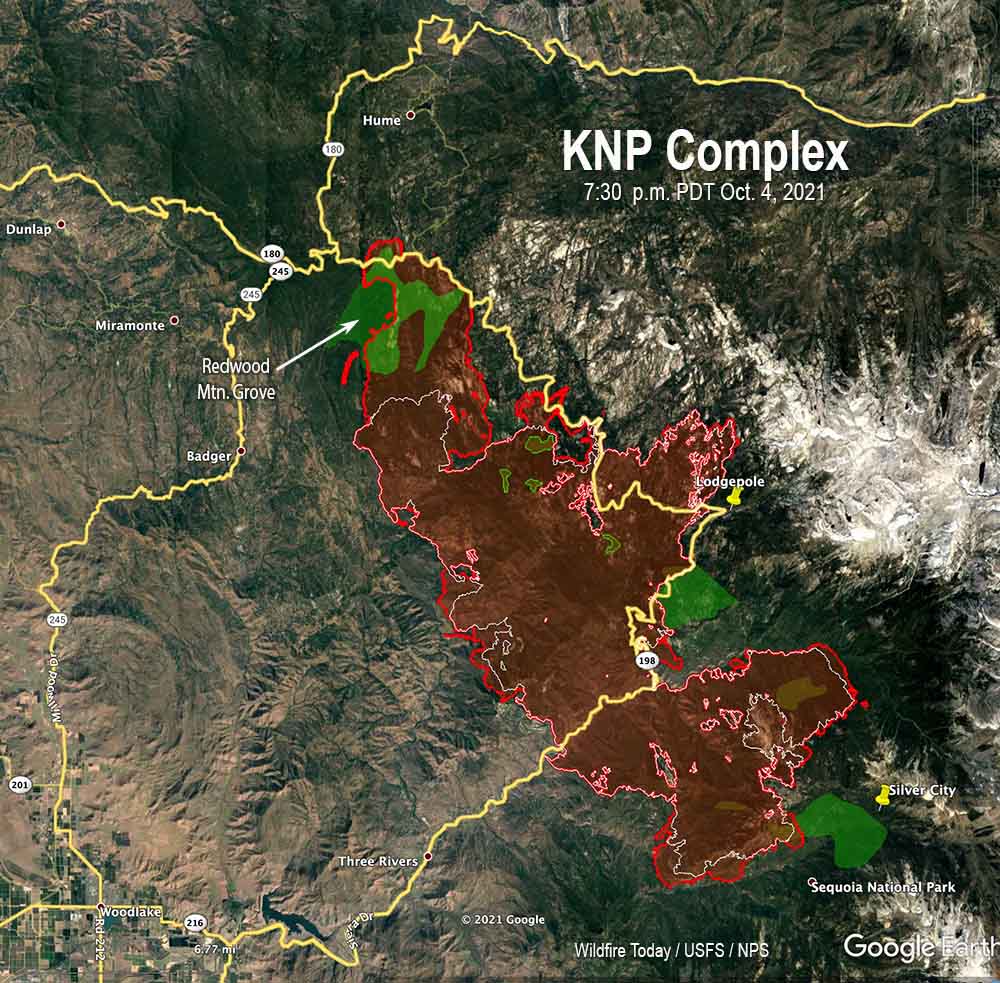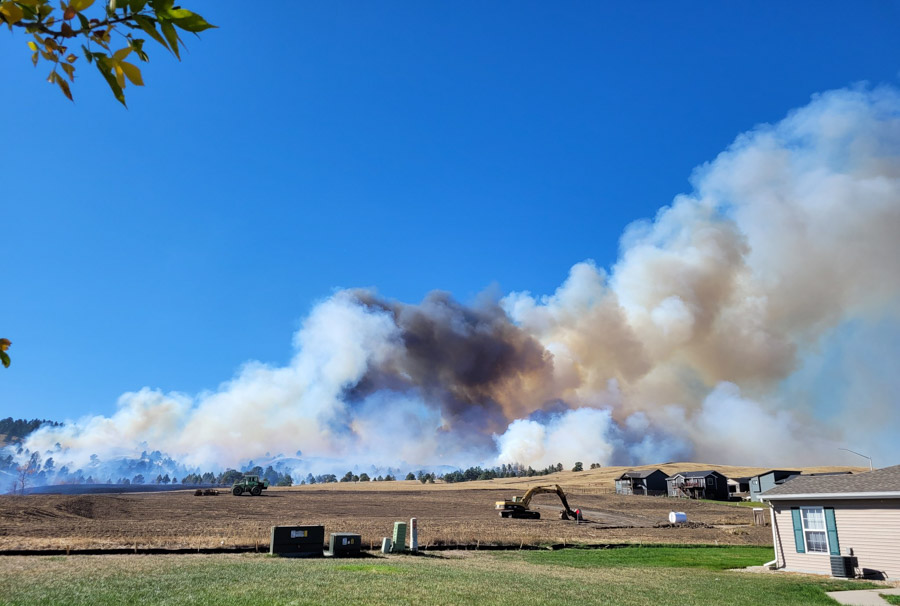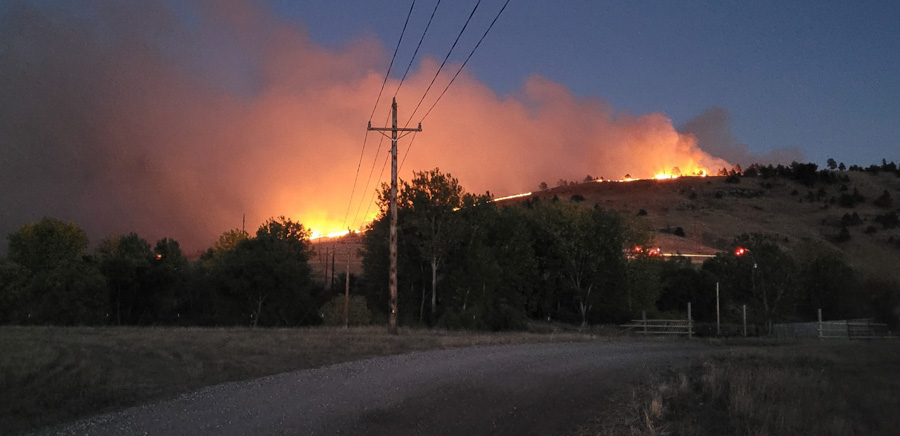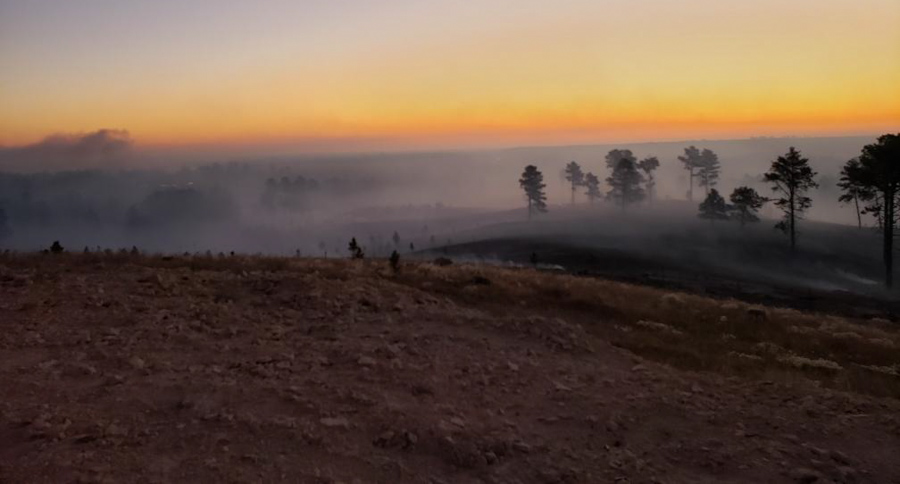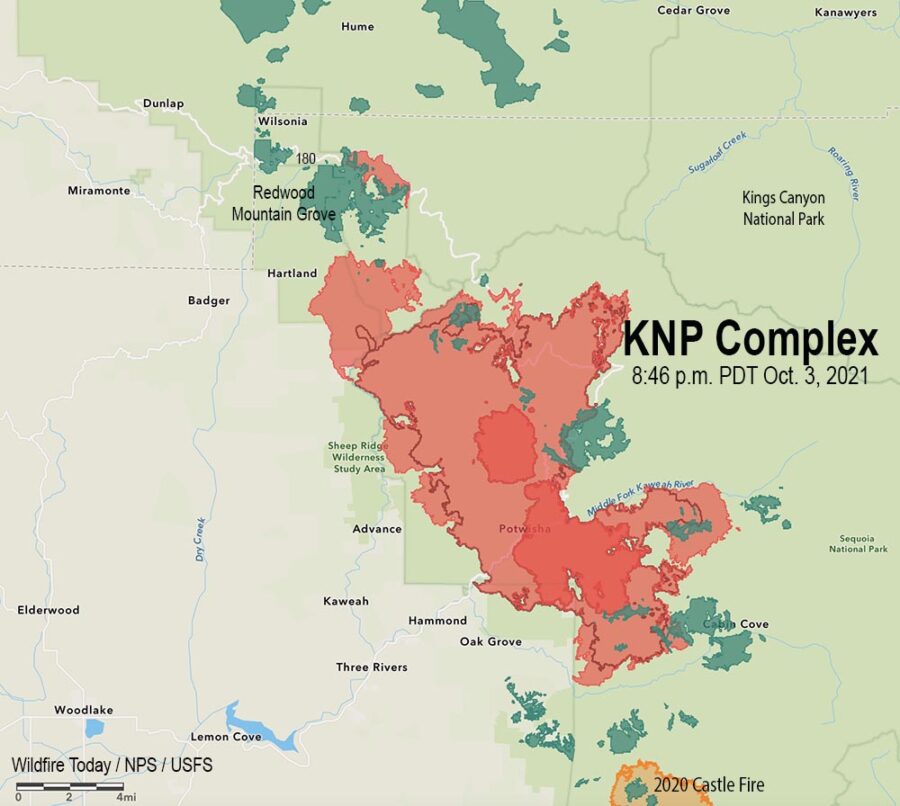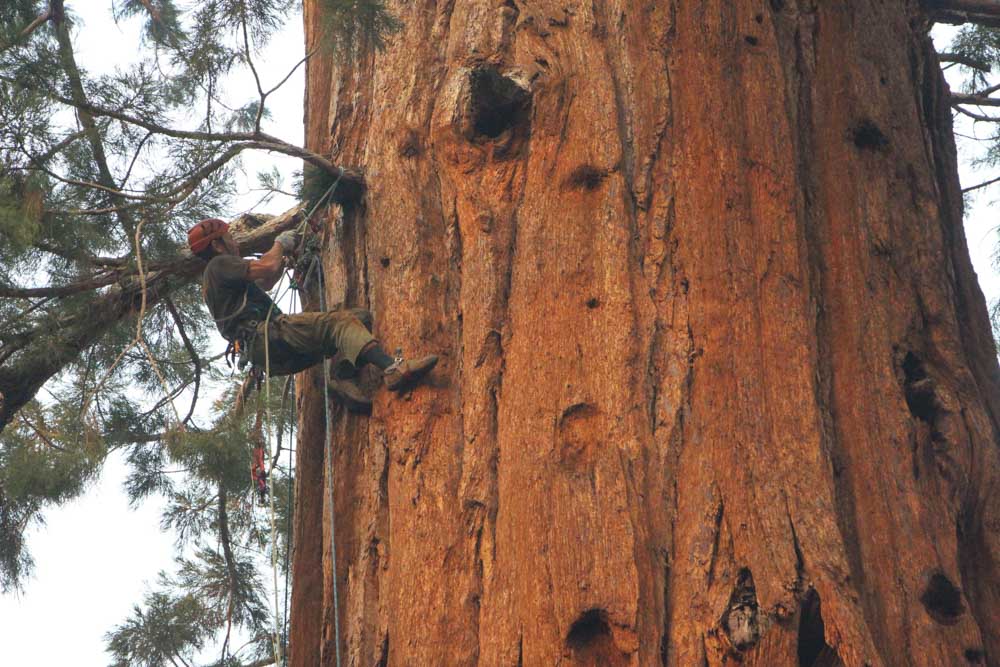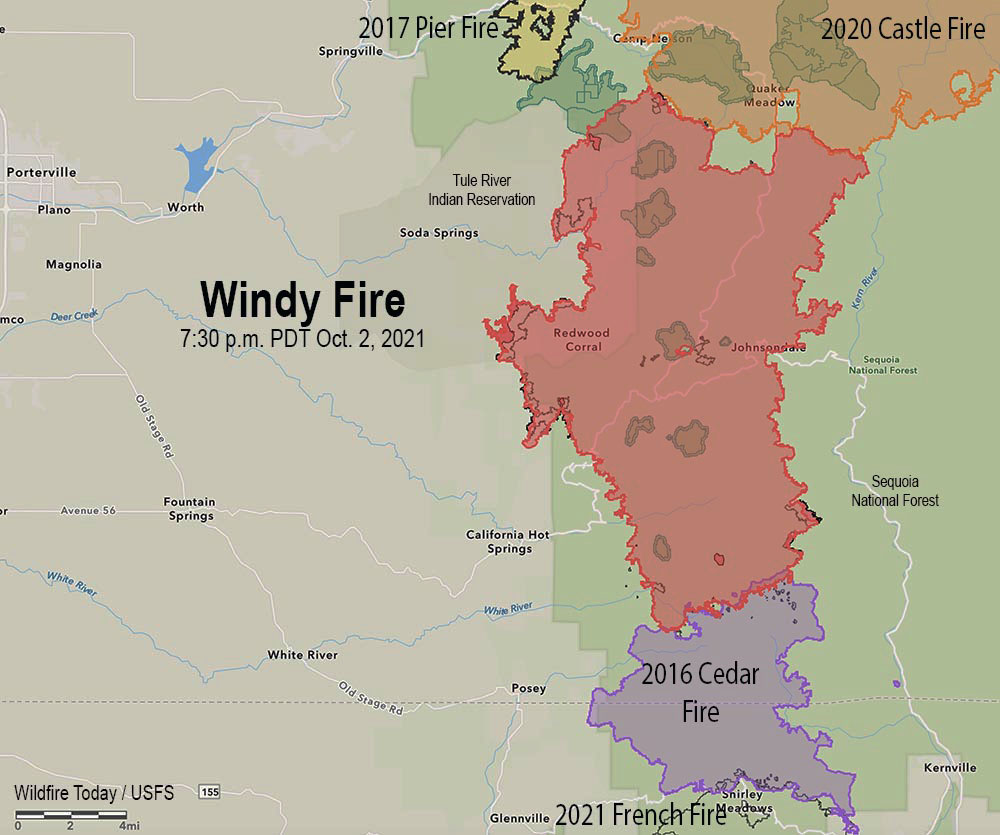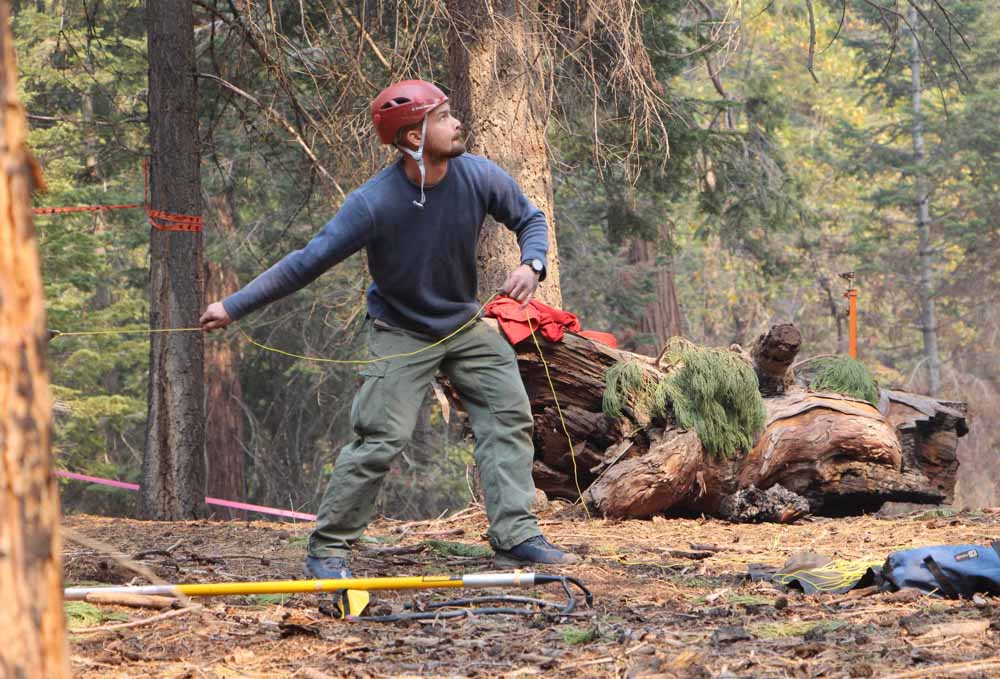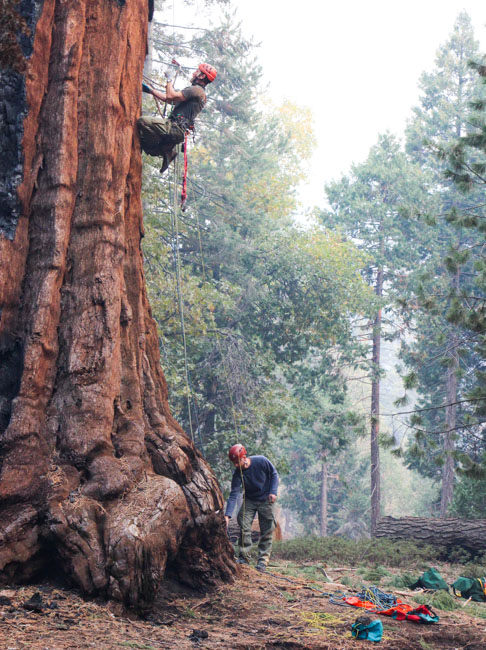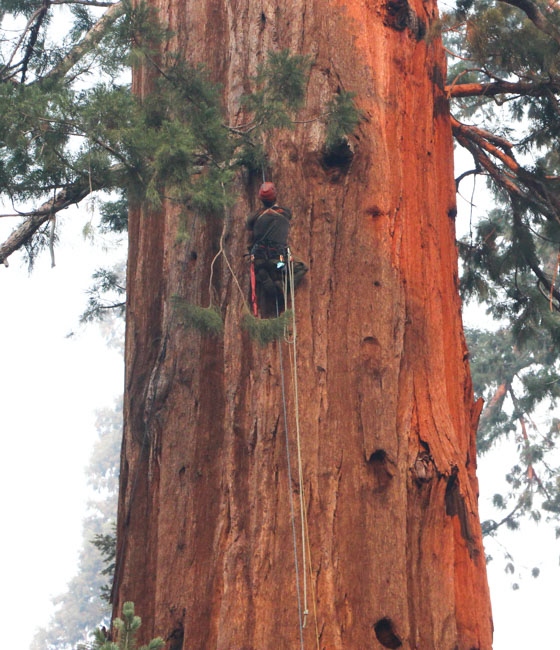3:49 p.m. MDT Oct. 5, 2021
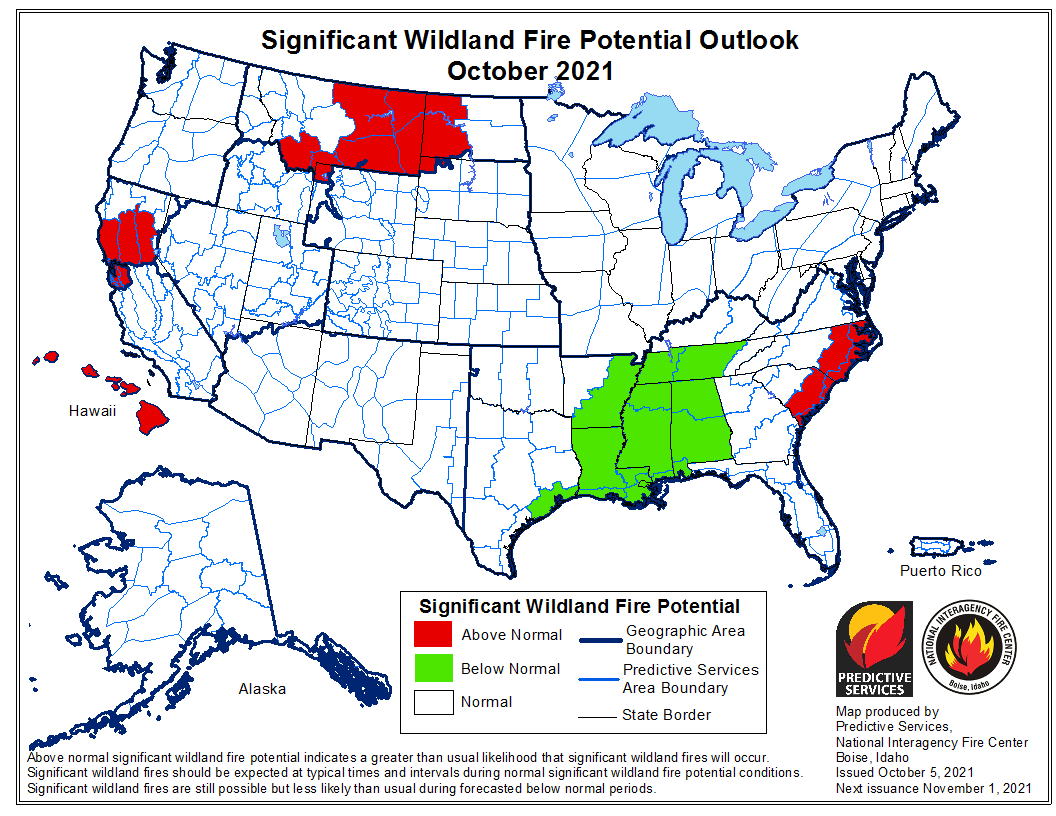 An updated forecast for wildland fire potential for the next four months was issued October 5 by the National Interagency Fire Center. If their predictions are correct:
An updated forecast for wildland fire potential for the next four months was issued October 5 by the National Interagency Fire Center. If their predictions are correct:
- October: The potential in Southern California will be below average through January; Northern California and parts of Idaho and Montana will be above average in October, while the Mid-South will be below average.
- November: Northern California will remain above average along with Central Texas, Central Oklahoma and parts of the East Coast;
- December: Central Texas, Central Oklahoma and parts of the East Coast will be above average.
- January: Central Texas, Central Oklahoma, most of Florida, and the southern portions of Alabama and Georgia will be above normal.
The data from NIFC shown here represents the cumulative forecasts of the ten Geographic Area Predictive Services Units and the National Predictive Services Unit.
Below:
- An excerpt from the NIFC narrative report for the next several months;
- Additional NIFC monthly graphical outlooks;
- NOAA’s three-month temperature and precipitation forecasts;
- Drought Monitor;
- Keetch-Byram Drought Index.
“Climate outlooks indicate warmer than normal conditions are likely for much of CONUS into winter with temperatures likely closer to normal in the Pacific Northwest, Northern Rockies, and into the western Great Lakes. Above normal precipitation is likely across the Pacific Northwest into the Northern Rockies through fall with below normal precipitation likely for the southern half of the West and the southern and central Plains. The Southeast is forecast to have below normal precipitation through fall, but portions of the region could be susceptible to heavy rainfall events.
“Above normal significant fire potential is forecast to continue into October for southwest Montana and eastern Montana into western North Dakota as these areas have missed the heavier precipitation in September. Western slopes of the northern Sierra through the Sacramento Valley to the Coast Ranges from the Bay Area to Ukiah, CA are forecast to have above normal potential through November, with leeside locations in Hawaii likely to have above normal significant fire potential into November as well. Portions of Oklahoma, Texas, and the eastern Carolinas into Florida are likely to have above normal significant fire potential this fall into winter, with portions of the Mid-Atlantic forecast to have above normal potential in November and December. All other areas are likely to have near normal significant fire potential or are out of fire season through January.”






